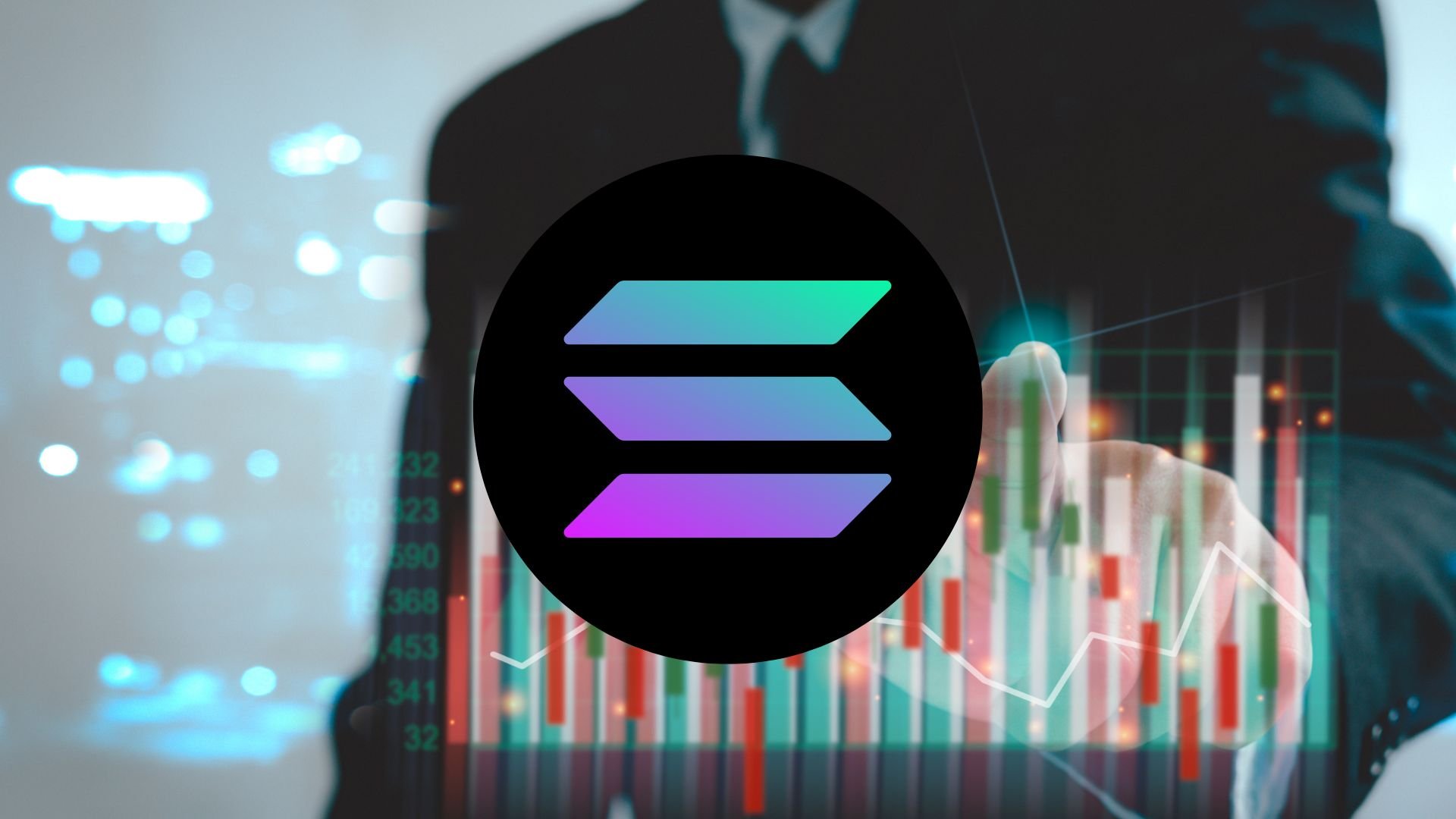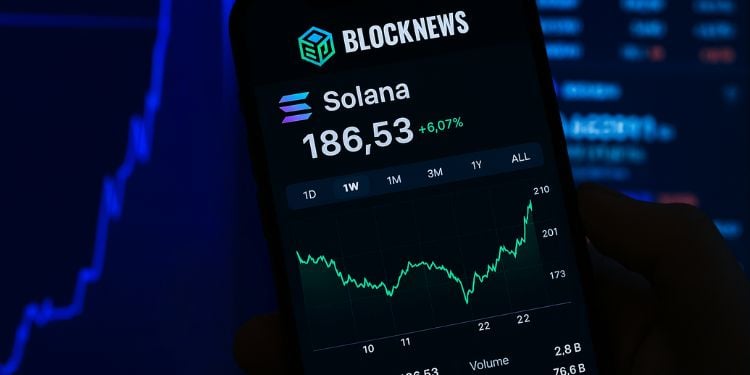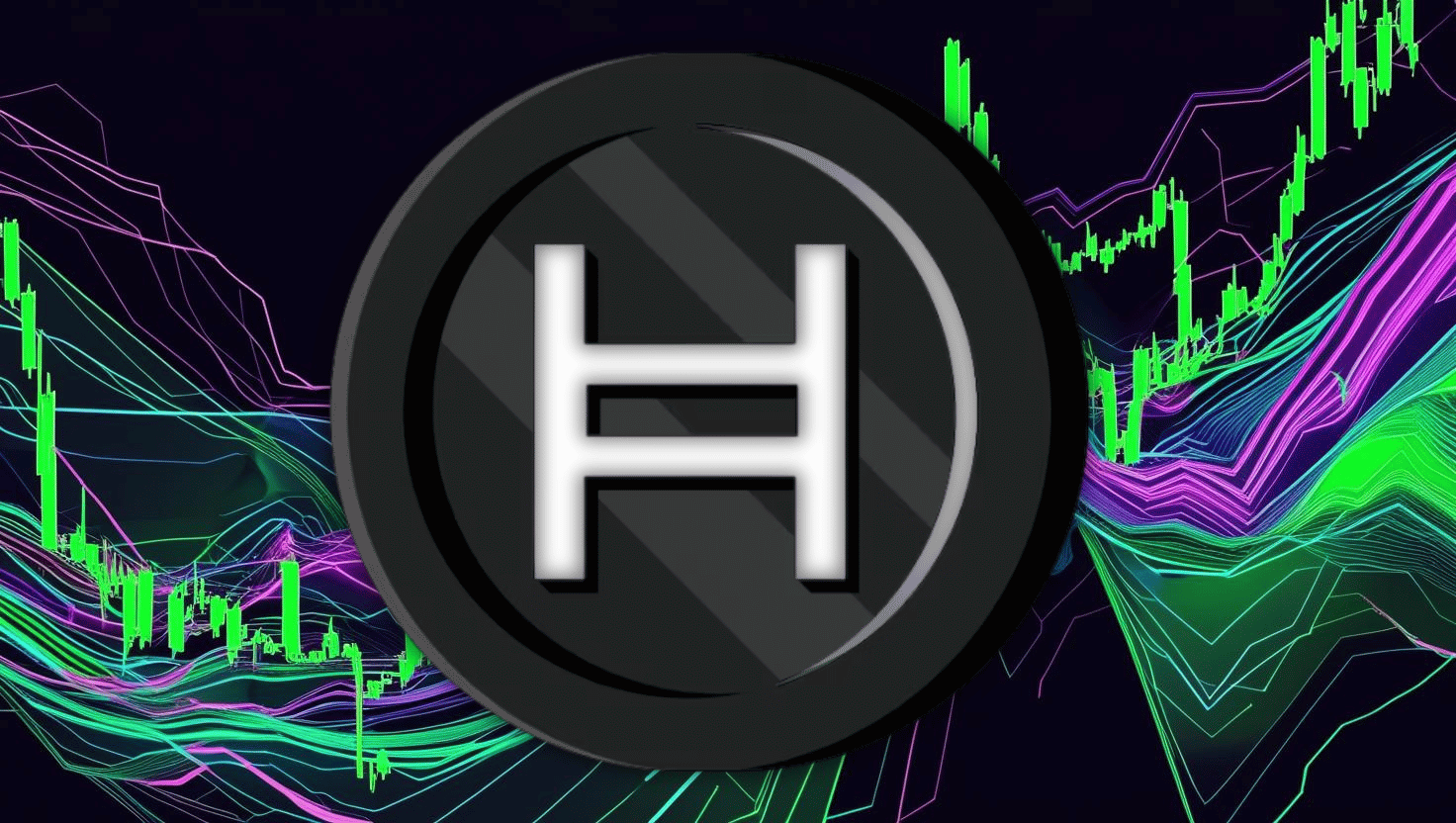Solana Unveils 2027 Roadmap to Power Internet Capital Markets

- Solana’s 2027 roadmap focuses on market microstructure, ACE, and decentralized transaction control.
- Upcoming features like Jito’s BAM and DoubleZero aim to boost speed, efficiency, and security.
- Revenue hit $800M in Q4 2024, with Solana now challenging both Ethereum and traditional finance systems.
The Solana [SOL] Foundation just dropped a bold 2027 roadmap, setting its sights on becoming the backbone for what it calls “internet capital markets” (ICMs). The term, introduced by former Solana core contributor Akshay BD, describes a global, tokenized ledger of assets, entities, and even cultures—basically, financial markets that anyone with an internet connection can access.
According to the roadmap, this vision isn’t some new pivot—it’s been part of Solana’s “original mission” from day one.
Market Microstructure Is the Real Focus
Solana has always been known for speed and efficiency, but the new roadmap makes it clear: technical improvements alone won’t cut it anymore. The network’s biggest challenge now? Market microstructure—the nitty-gritty mechanics of how transactions get executed.
To solve this, Solana is rolling out Application-Controlled Execution (ACE), a system that lets smart contracts control their own transaction ordering with millisecond precision. It’s a big shift from the old-school finance world, where centralized players typically decide transaction flows.
Upcoming Milestones: BAM & DoubleZero
One major feature arriving soon is Jito’s Block Assembly Marketplace (BAM), which is heading to testnet. This will give validators and traders more control over execution—an early step toward building faster, more efficient markets on Solana.
Another big update, DoubleZero, is already in testnet. It’s a peer-to-peer fiber network that bypasses the public internet to route transactions faster and more securely. With over 100 validators and about 3% of mainnet stake involved, it’s set for a full launch by mid-September.
Solana’s Growth & Market Advantage
In Q4 2024, Solana generated over $800 million in revenue, a stunning leap from almost nothing a year before—and it did this without much help from traditional finance institutions. Analysts say Solana could cut financial service fees by as much as 90–99%, giving it a serious edge against legacy systems.
Already, Solana has surpassed Ethereum in trading volume and can handle thousands of transactions every second. With ultra-low fees (less than a penny per transaction), it’s positioning itself as a real competitor to traditional payment methods like credit cards (2%+ fees) and wire transfers ($25+).
To keep scaling, Solana recently boosted its block capacity by 20%—from 50 million to 60 million compute units—and more upgrades are planned through 2025 as it gears up for the $1.4 trillion global payments market.
The post Solana Unveils 2027 Roadmap to Power Internet Capital Markets first appeared on BlockNews.
Solana Unveils 2027 Roadmap to Power Internet Capital Markets

- Solana’s 2027 roadmap focuses on market microstructure, ACE, and decentralized transaction control.
- Upcoming features like Jito’s BAM and DoubleZero aim to boost speed, efficiency, and security.
- Revenue hit $800M in Q4 2024, with Solana now challenging both Ethereum and traditional finance systems.
The Solana [SOL] Foundation just dropped a bold 2027 roadmap, setting its sights on becoming the backbone for what it calls “internet capital markets” (ICMs). The term, introduced by former Solana core contributor Akshay BD, describes a global, tokenized ledger of assets, entities, and even cultures—basically, financial markets that anyone with an internet connection can access.
According to the roadmap, this vision isn’t some new pivot—it’s been part of Solana’s “original mission” from day one.
Market Microstructure Is the Real Focus
Solana has always been known for speed and efficiency, but the new roadmap makes it clear: technical improvements alone won’t cut it anymore. The network’s biggest challenge now? Market microstructure—the nitty-gritty mechanics of how transactions get executed.
To solve this, Solana is rolling out Application-Controlled Execution (ACE), a system that lets smart contracts control their own transaction ordering with millisecond precision. It’s a big shift from the old-school finance world, where centralized players typically decide transaction flows.
Upcoming Milestones: BAM & DoubleZero
One major feature arriving soon is Jito’s Block Assembly Marketplace (BAM), which is heading to testnet. This will give validators and traders more control over execution—an early step toward building faster, more efficient markets on Solana.
Another big update, DoubleZero, is already in testnet. It’s a peer-to-peer fiber network that bypasses the public internet to route transactions faster and more securely. With over 100 validators and about 3% of mainnet stake involved, it’s set for a full launch by mid-September.
Solana’s Growth & Market Advantage
In Q4 2024, Solana generated over $800 million in revenue, a stunning leap from almost nothing a year before—and it did this without much help from traditional finance institutions. Analysts say Solana could cut financial service fees by as much as 90–99%, giving it a serious edge against legacy systems.
Already, Solana has surpassed Ethereum in trading volume and can handle thousands of transactions every second. With ultra-low fees (less than a penny per transaction), it’s positioning itself as a real competitor to traditional payment methods like credit cards (2%+ fees) and wire transfers ($25+).
To keep scaling, Solana recently boosted its block capacity by 20%—from 50 million to 60 million compute units—and more upgrades are planned through 2025 as it gears up for the $1.4 trillion global payments market.
The post Solana Unveils 2027 Roadmap to Power Internet Capital Markets first appeared on BlockNews.



